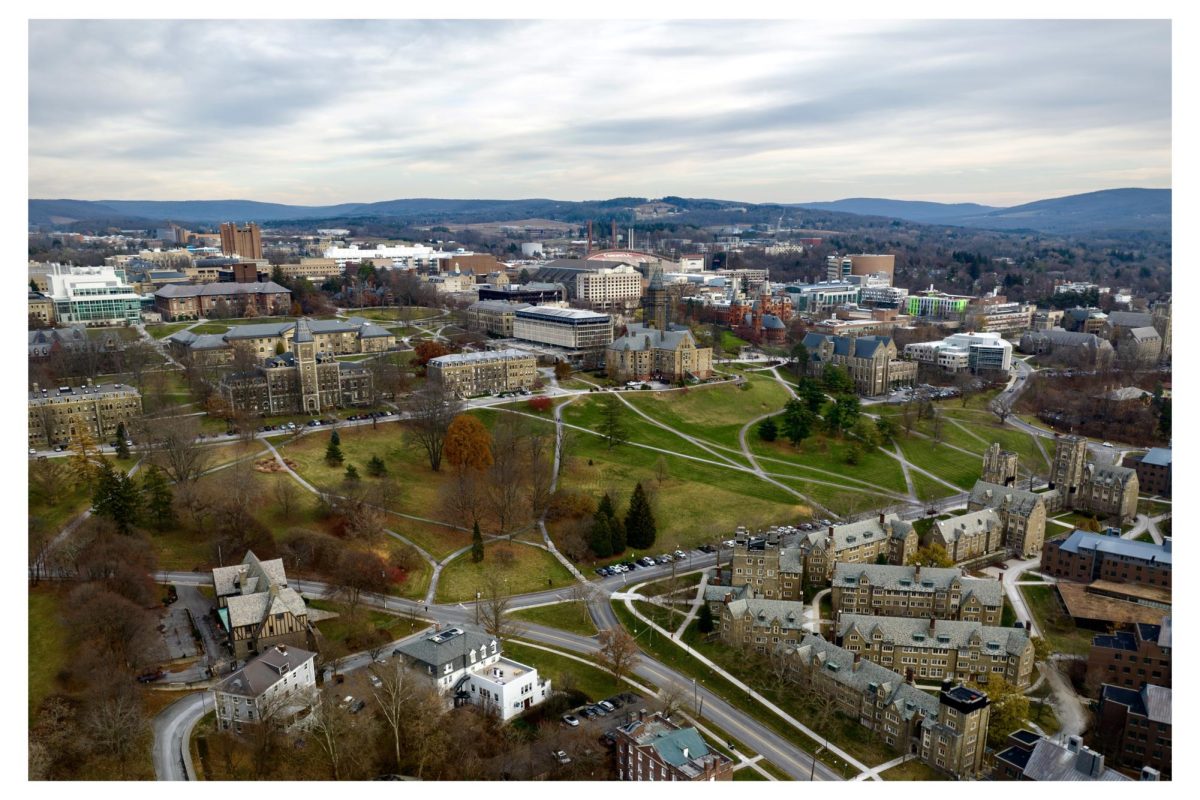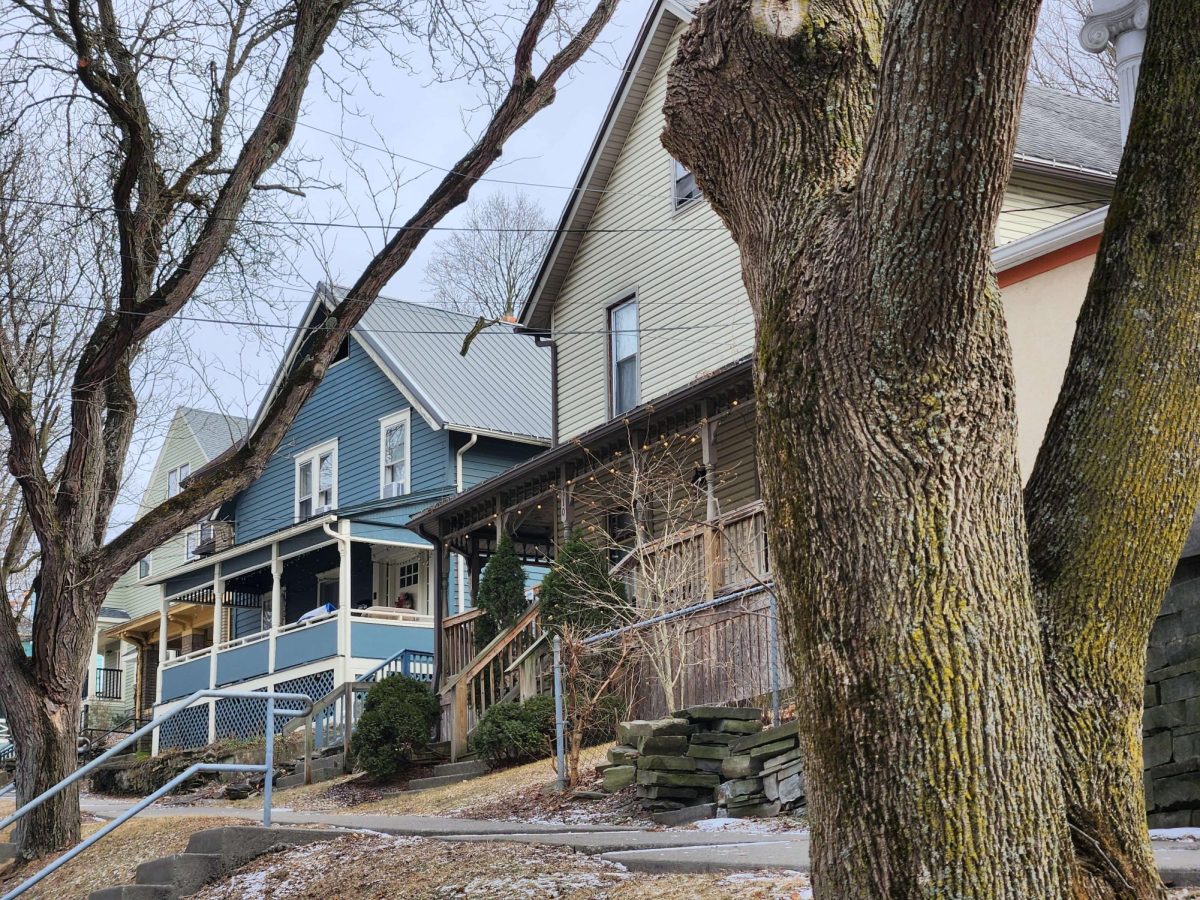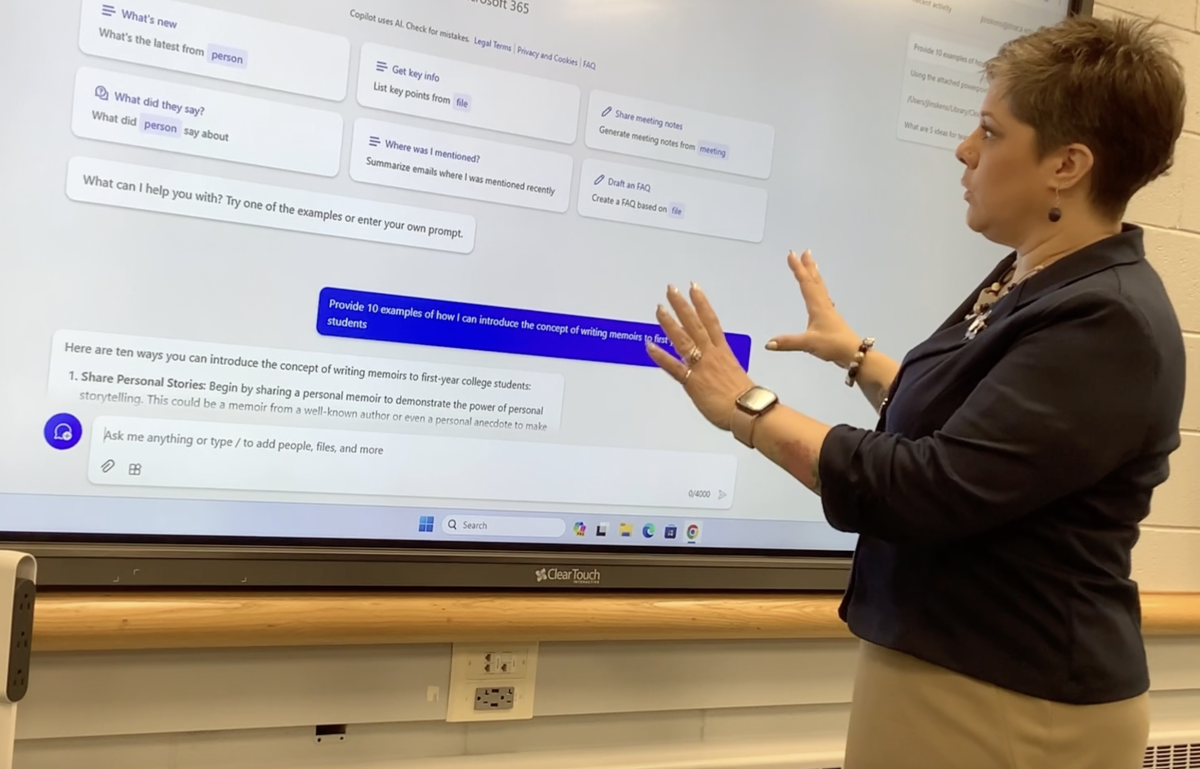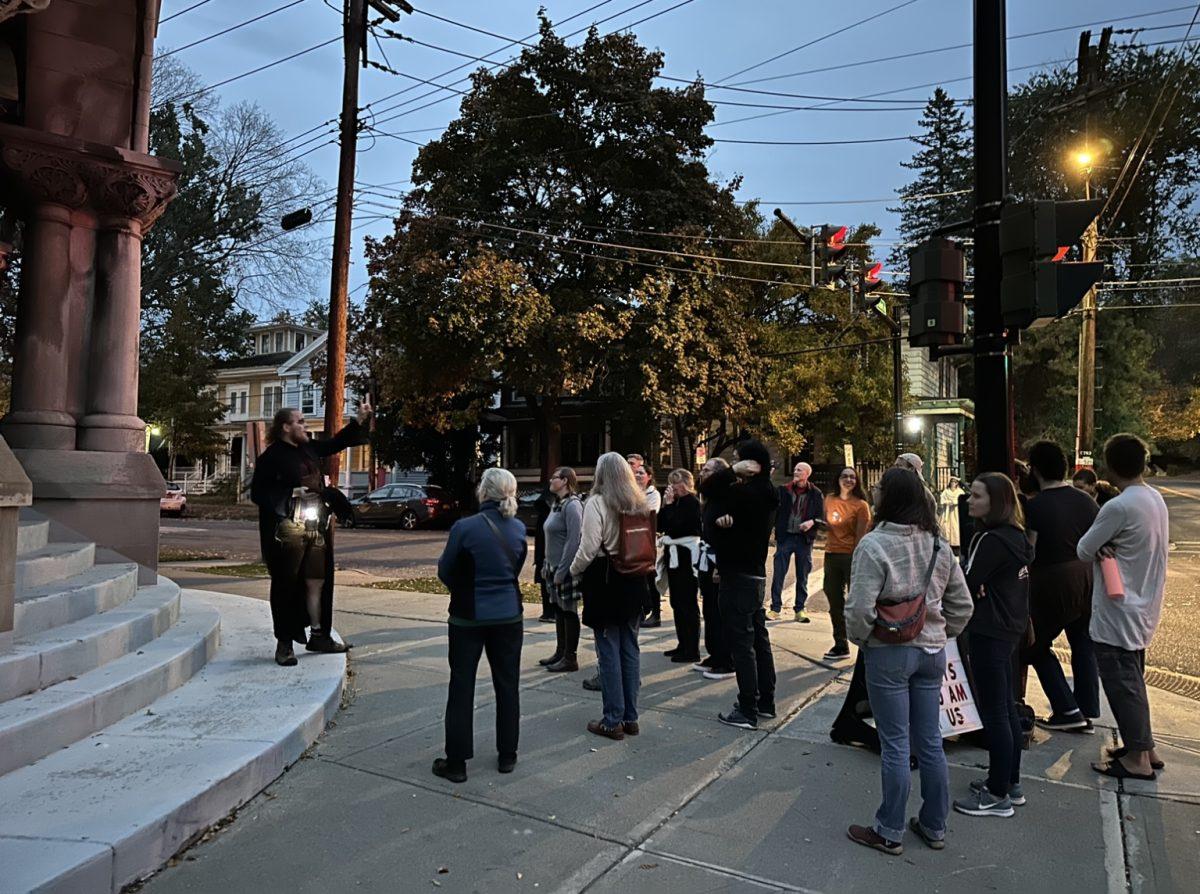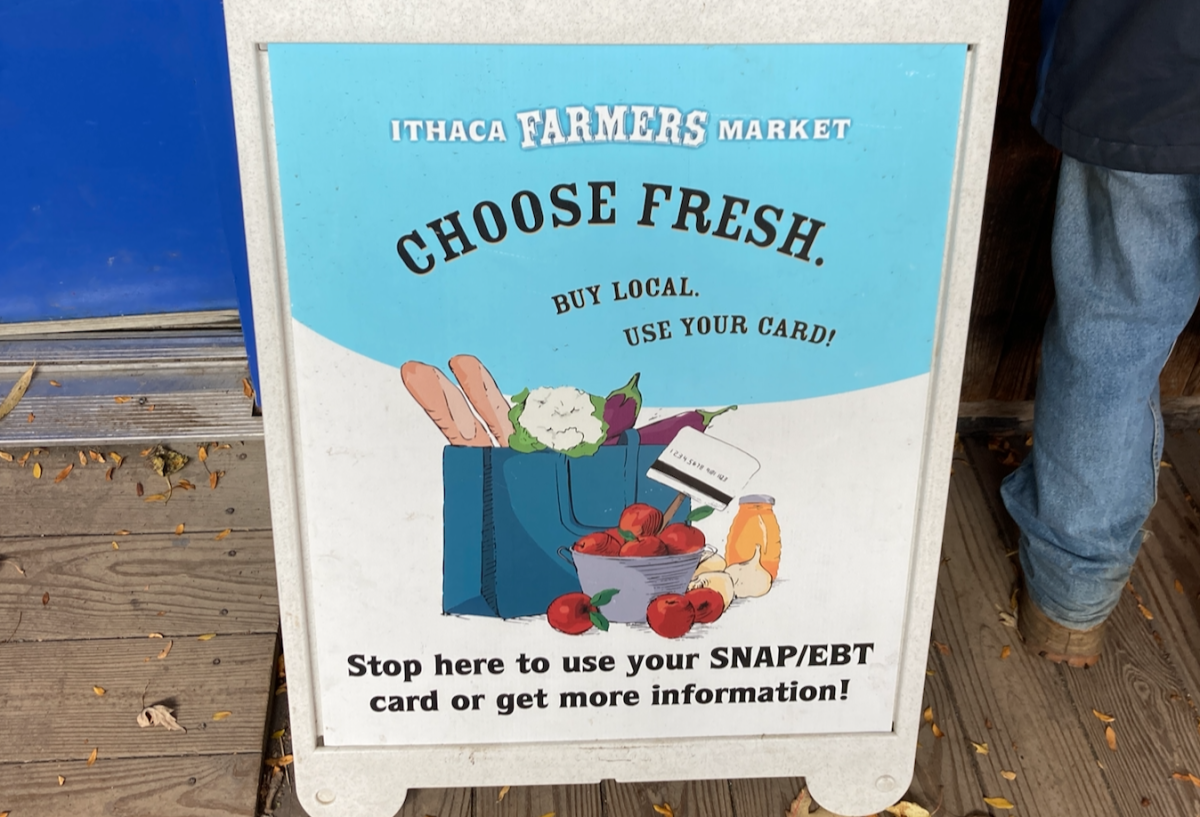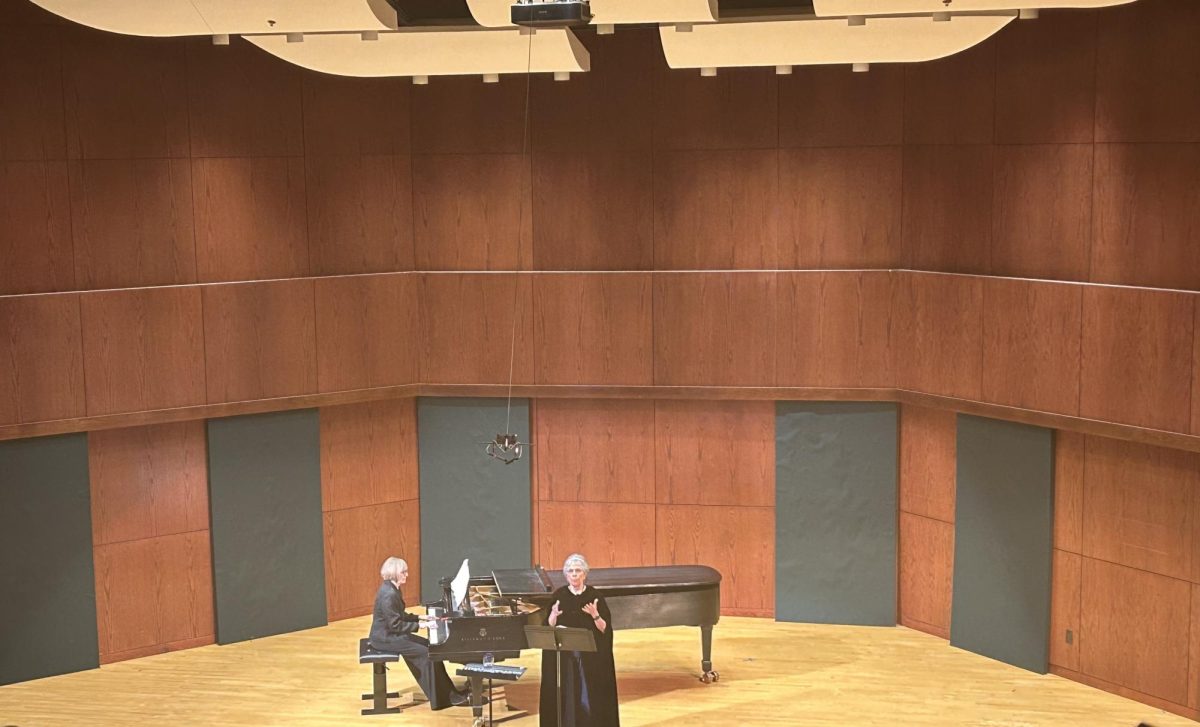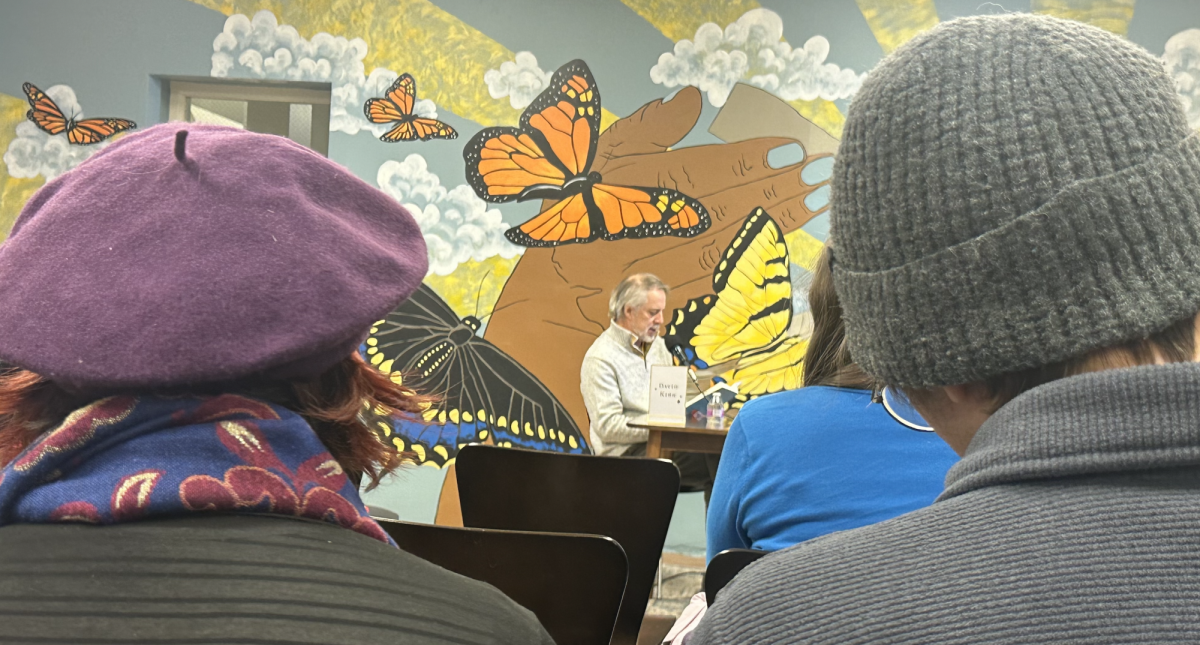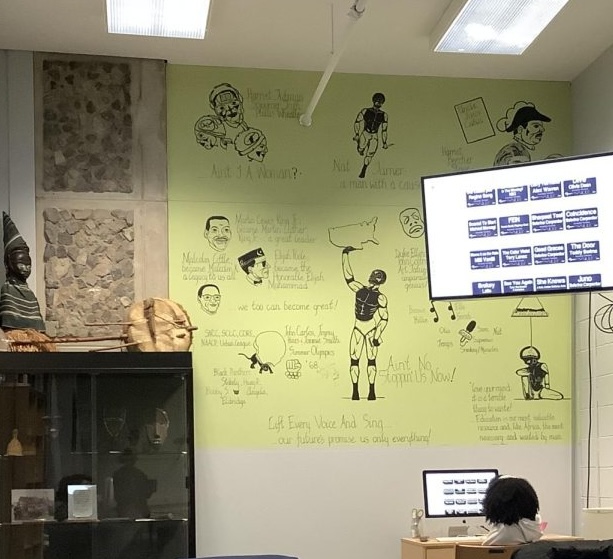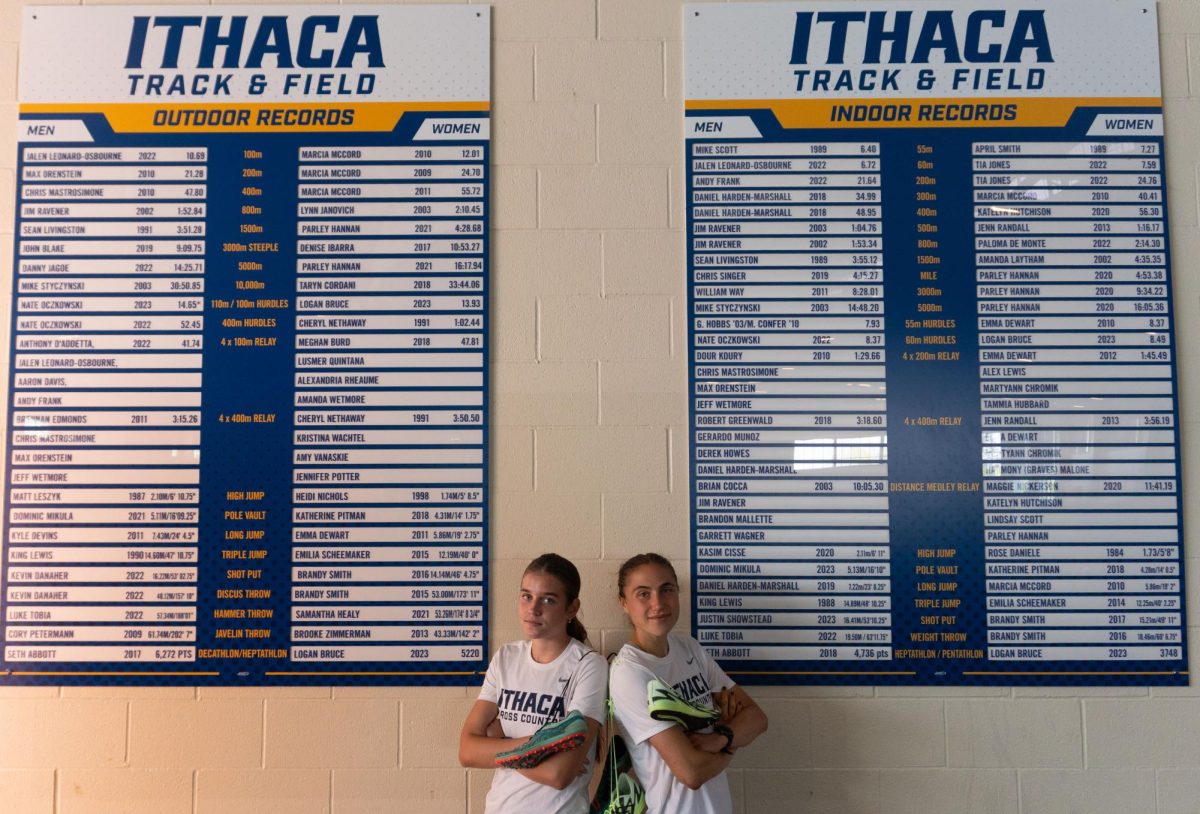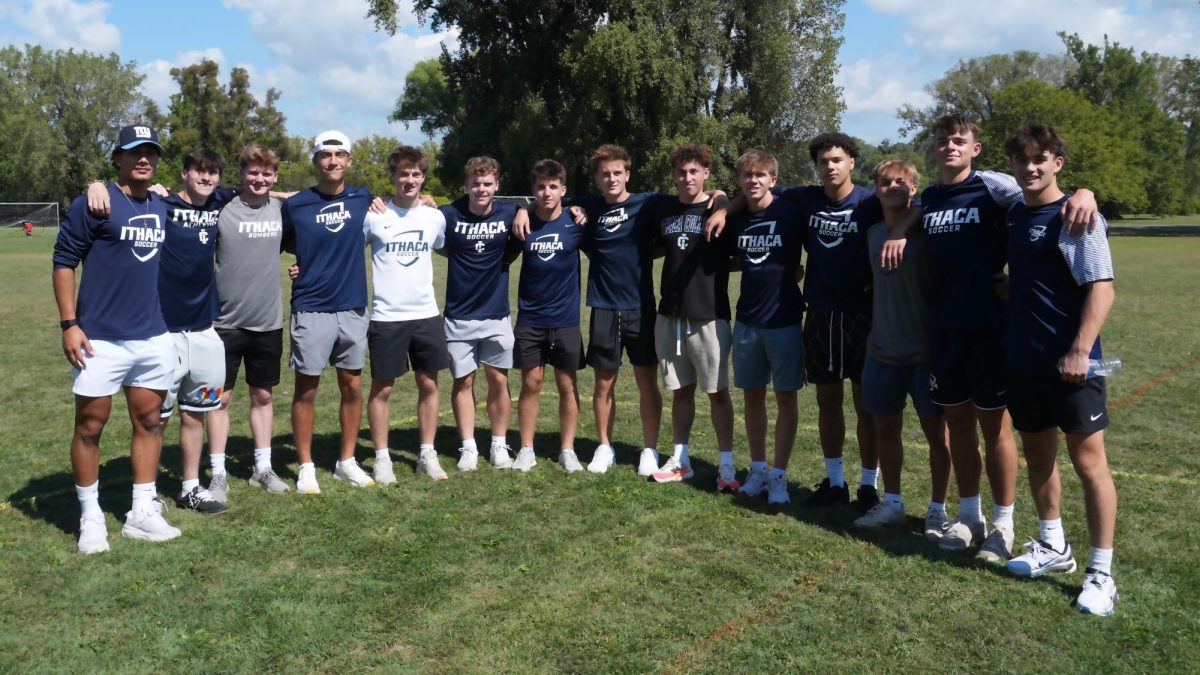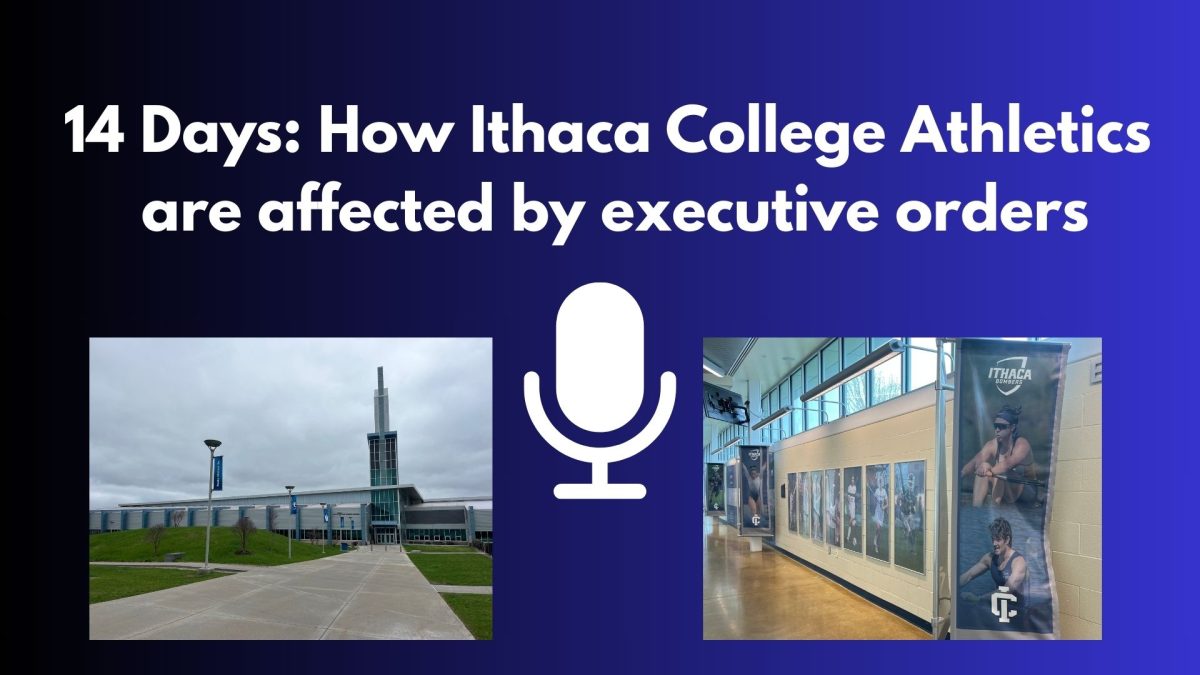Laurie Konwinski’s passion for advocating for a living wage for all workers in Tompkins County stems from her faith.
“I would say that, really, my faith as a Catholic is absolutely central to why I do this work and why I’ve been at it for what feels like a long time, 20-something years,” Konwinski said.
Konwinski is the deputy director and coordinator for the Justice and Peace Ministry of Catholic Charities of Tompkins/Tioga counties. The Justice and Peace Ministry, specifically the Labor-Religion Coalition of the Finger Lakes — which Konwinski co-chairs — works to promote a living wage in Ithaca and Tompkins County.
The LRC was founded in the early 2000s as the Religious Task Force for a Living Wage, growing out of annual breakfasts that brought religious leaders from the community together. Edie Reagan, former director of the Justice and Peace Ministry and current spiritual care coordinator at Hospicare, organized the breakfasts and brought guest speakers in to talk about social justice topics.
“We would also prepare action steps related to that topic that those religious leaders could bring back to their own congregations, not only to educate their communities about the issue, but to help them to get involved,” Reagan said.
At that time, in an effort to raise the wage for teachers’ aides in Ithaca schools, advocates for workers’ rights and wage increases united behind their common goal. After succeeding increasing the aides’ wage, Catholic Charities of Tompkins/Tioga formed the Religious Task Force, Konwinski said.
“We try to address workers’ rights issues both locally, in this area and beyond,” Konwinski said.
A living wage in Tompkins County
From its outset, the Religious Task Force advocated for a living wage in the area.
“It was focused on promoting the concept of a living wage,” Konwinski said. “There was a group of people of faith from various congregations around the area focusing on raising awareness and getting other people to support the idea that there is such a thing as a living wage.”
Local living wage advocates call for employers to pay hourly wages higher than the federal minimum wage ($7.25 per hour) or New York State minimum wage ($8.75 per hour). Living wages fluctuate based on a city or region’s cost of living.
For the county’s 50,316 members of the workforce, Alternatives Federal Credit Union calculated the living wage as $14.34 per hour for employers that don’t offer health insurance as of June 26, 2015. The living wage for employers that do provide health insurance is $13.77 per hour, according the credit union’s study.
Living wages are calculated to ensure that people working full time can maintain what Konwinski described as a “decent standard of living.” Local businesses and nonprofits can become certified Living Wage Employers by guaranteeing each of their employees is paid the living wage and by applying for certification through the Tompkins County Workers’ Center.
The TCWC maintains a list of local certified living wage employers, which includes 102 employers and 3,076 employees.
Pete Meyers, coordinator for the TCWC, said the living wage advocacy movement sometimes has difficulties with increasing involvement.
“It’s easy for people to sign a petition,” Meyers said. “It’s harder to get people involved with the campaign because they don’t have experience with organizing.”
This is particularly true for workers who might benefit personally from a living wage, Konwinski said.
“We have a lot of support among elected officials, which is really encouraging,” Konwinski said. “But at the same time, I think many, many, many people don’t know what a living wage means, and we don’t have enough of the people directly affected organized and speaking for themselves.”
Religious-based advocacy
Advocating for labor rights is a natural complement for Catholic Charities, Konwinski said.
“I think this work, in labor rights, has a long history in the Catholic [community],” Konwinski said.
Catholic Charities combines direct philanthropic support and activism. Konwinski said her colleagues provide direct assistance through resources like food pantries, while the LRC tries to identify the reasons people need support.
“We’re trying to look at the bigger systemic picture and address why is it that people can’t pay their utility bill, can’t pay their rent, can’t afford their own winter coat,” Konwinski said. “And part of it has to do with wages and working conditions.”
Catholic Charities is designed to help individuals regardless of their religious affiliation. The type of work the organization does is motivated by what Konwinski described as Catholic values, including compassion and respect for human dignity.
“That just feels like, to me, that’s what my faith calls me to be about,” Konwinski said, describing her own involvement with the LRC. “And for me personally, I find great joy and satisfaction in this work, so it just feels like my calling.”


